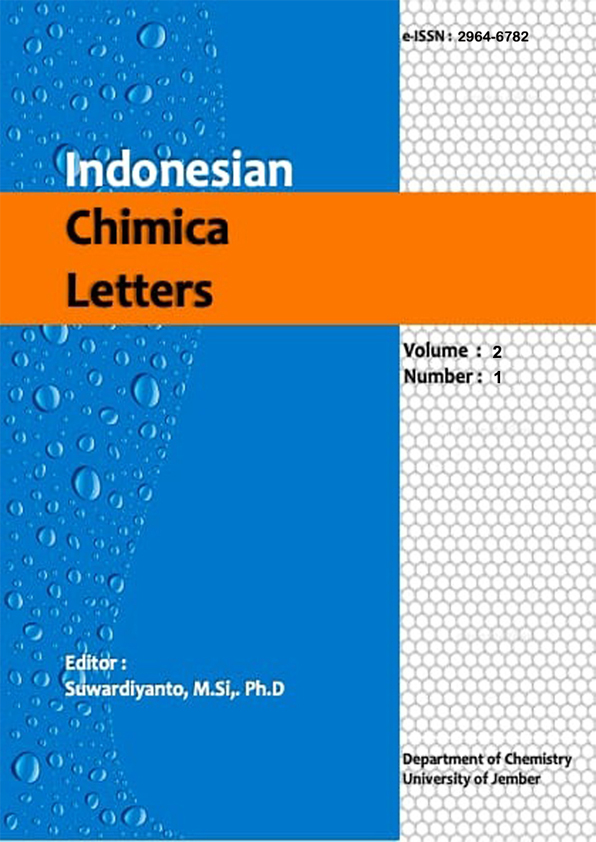Optimum pH Buffer of Phosphate and Carbonate on The Crude Extraction of Uricase Enzyme from Goat Liver
Uricase
DOI:
https://doi.org/10.19184/icl.v2i1.365Keywords:
Uricase enzyme, goat liver, pH buffer, buffer typeAbstract
Uricase enzyme (urate oxidase) is an enzyme that catalyze the oxidation of uric acid in the presence of oxygen to produce allantoin, carbon dioxide (CO2) and hydrogen peroxide (H2O2). Human and primates do not have this enzyme while other mammals have it in the liver therefore the uricase enzymes are extracted from goat liver use a buffer that is compatible with the human buffer system. The type of buffer selected adjusted at the appropriate pH. The optimum uricase pH ranged from 7.5 to 9.5. The selection of buffer type is adjusted to the human buffer system. The purpose of the study was to determine the effect of the type and pH of the extraction buffer on the total activity, protein total and specific activity of crude uricase. The types of buffer selected are phosphate buffer and carbonate buffer, while the selected pH is 7.5; 8.5; and 9.5. The method used is enzyme extraction, then determination of enzyme activity and protein content to determine the specific activity of the enzyme. The results obtained the highest total enzyme activity at pH 8.5 both in carbonate buffer (0.0481 U/mL) and phosphate buffer (0.0383 U/mL). The highest protein total in carbonate buffer was at pH 9.5 (4.55 mg/mL) while the highest value was in phosphate buffer pH 8.5 (4.1 mg/mL). The specific activity of uricase pH 8.5 was carbonate buffer (0.0114 U/mg) and phosphate buffer (0.0094 U/mg). The highest uricase specific activity value was at pH 8.5 for both carbonate and phosphate buffer types and in the long term it is used as a gout therapy.



